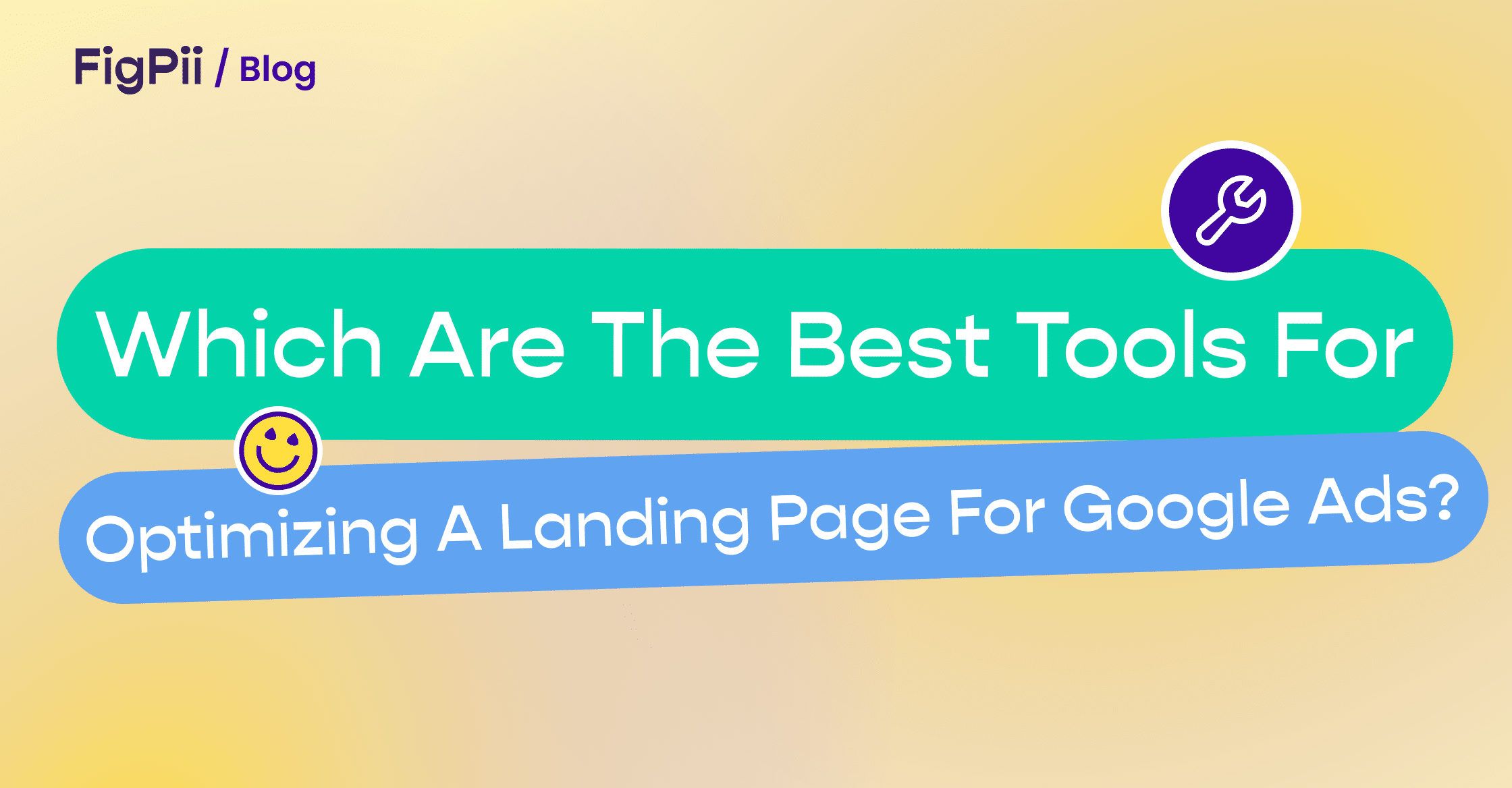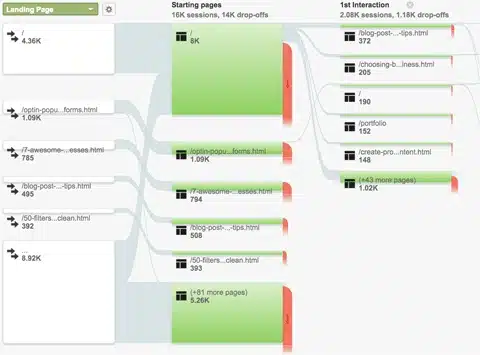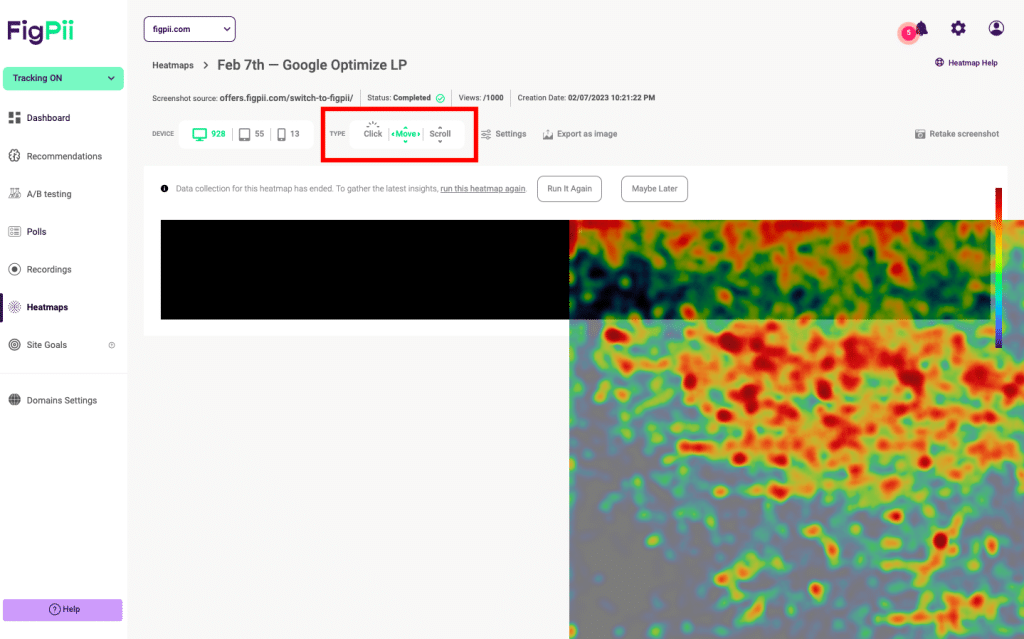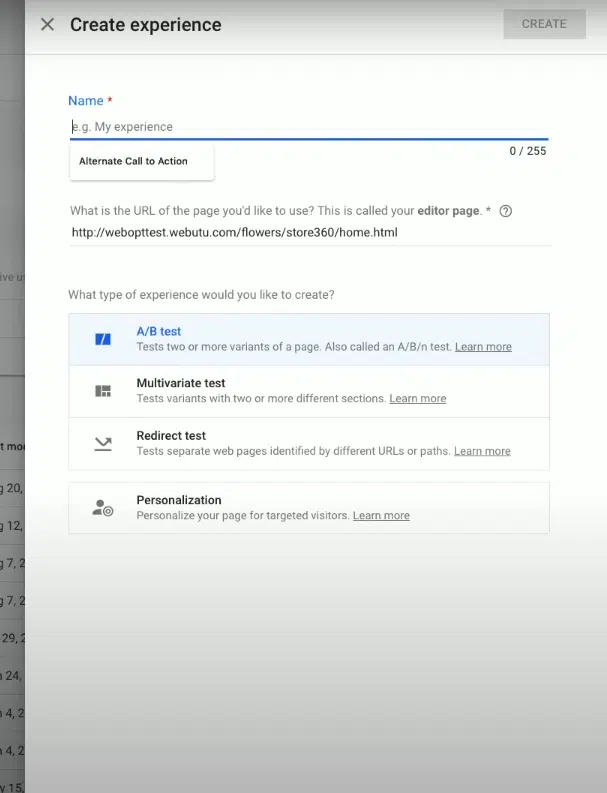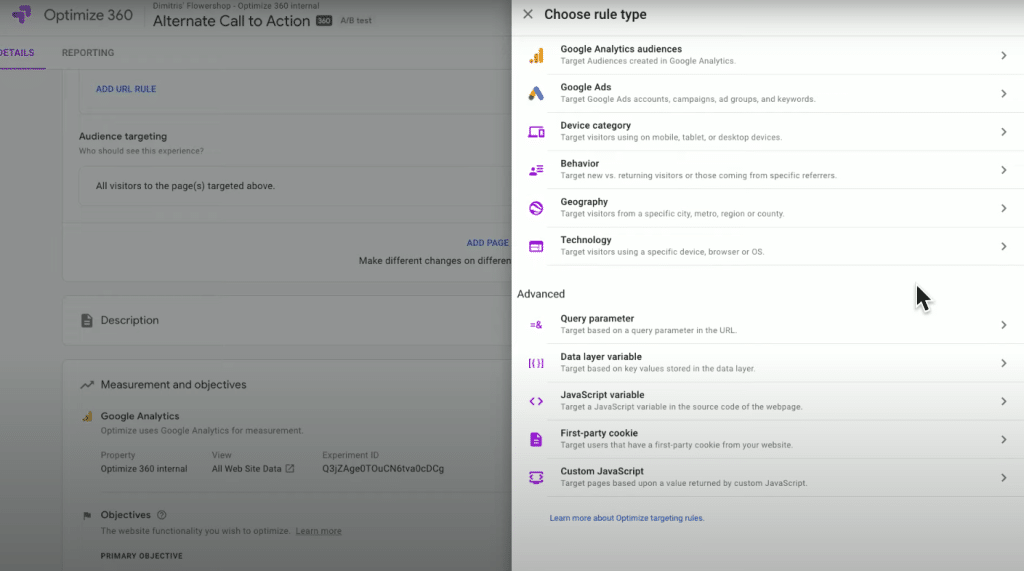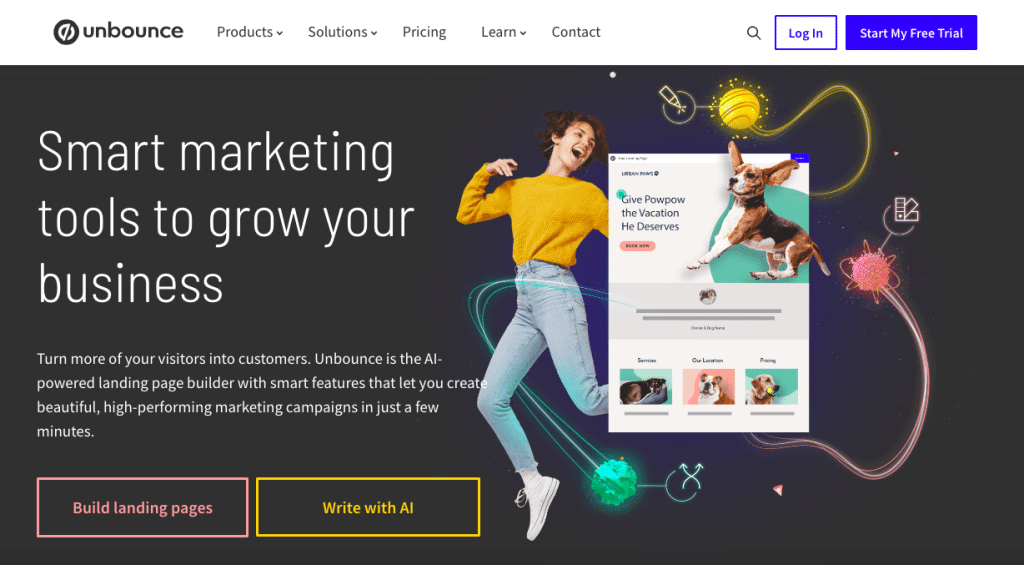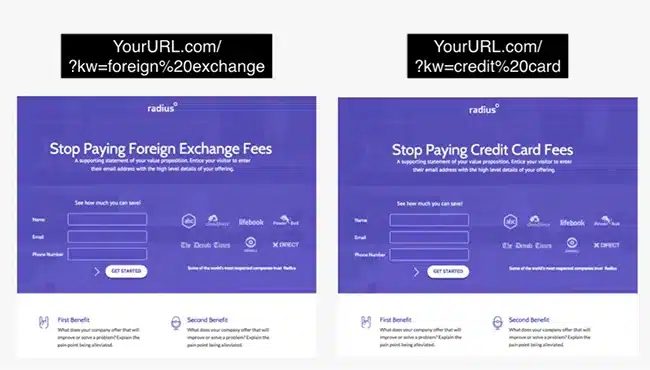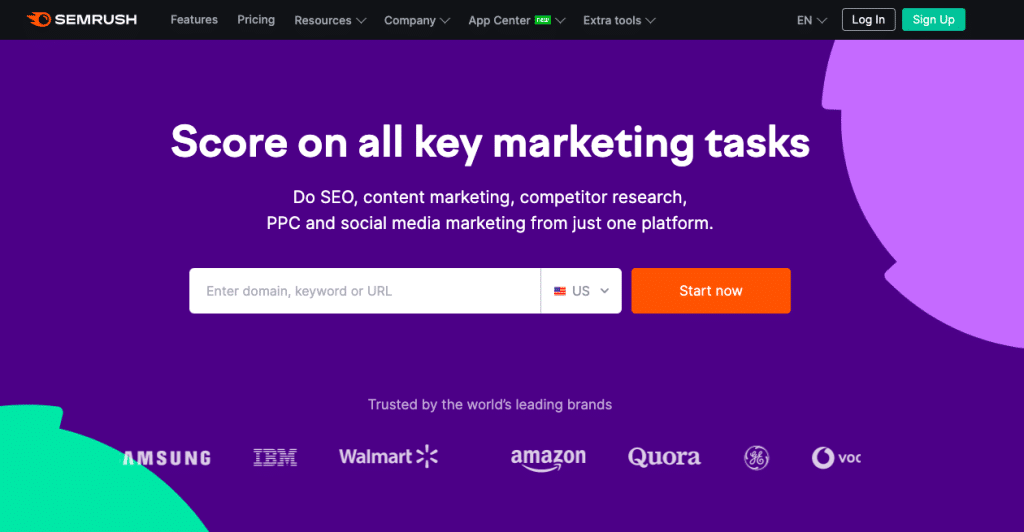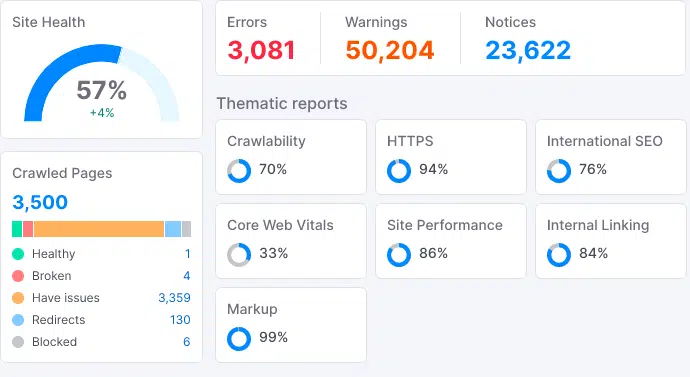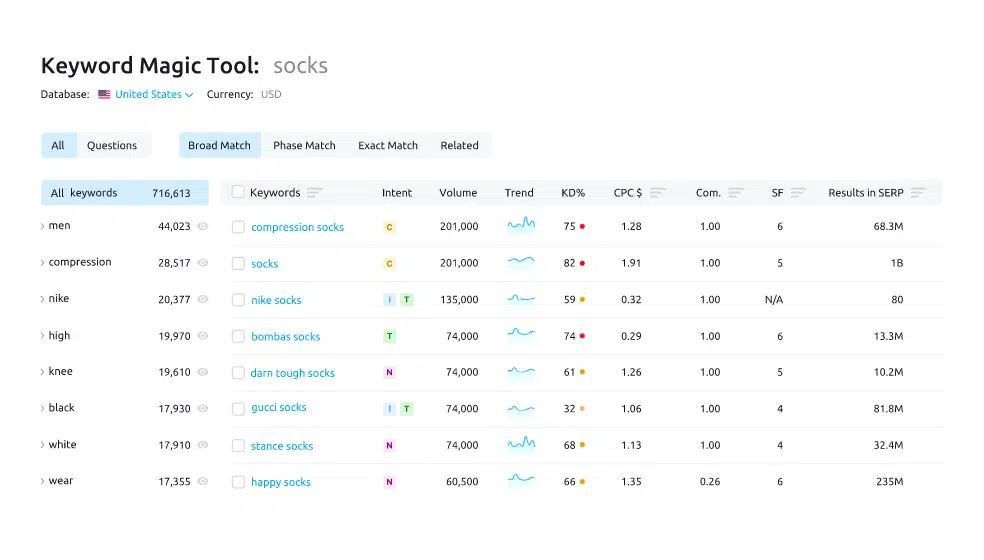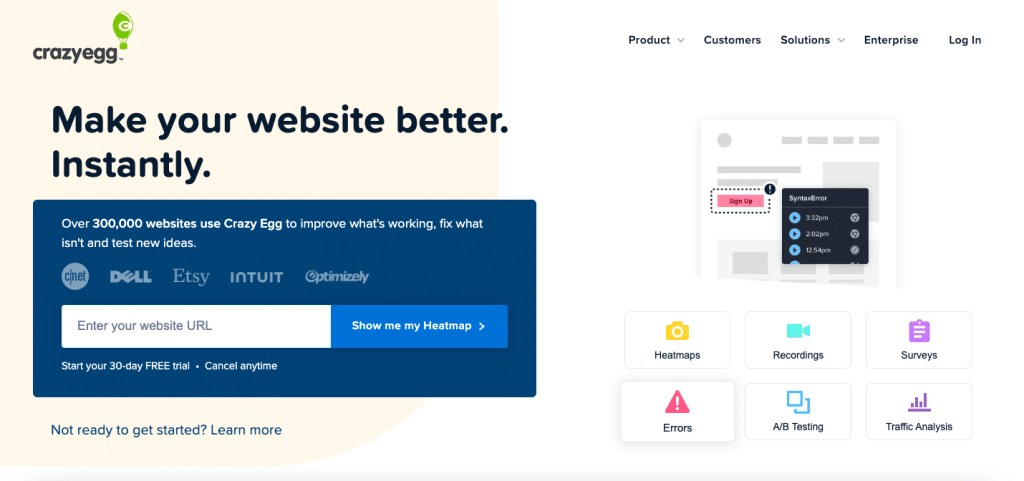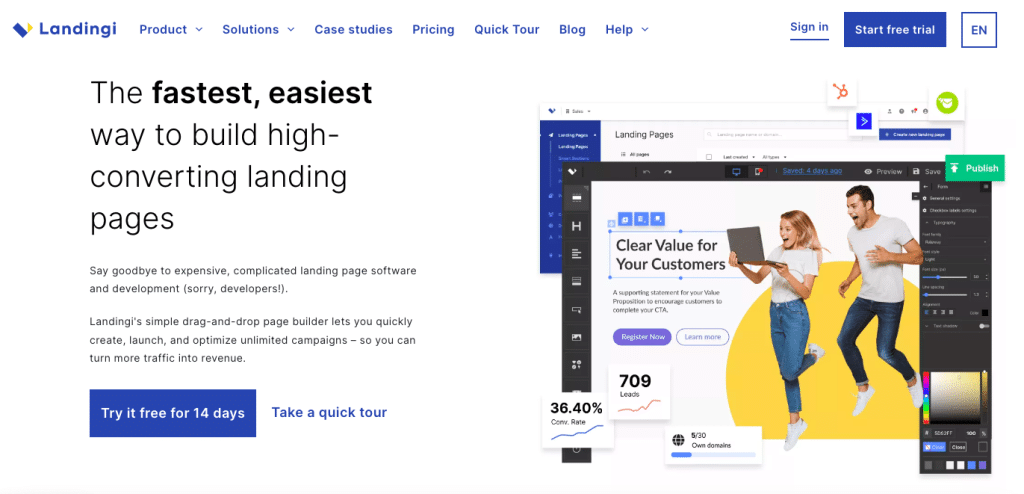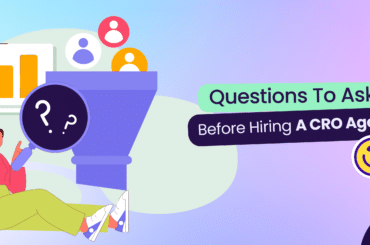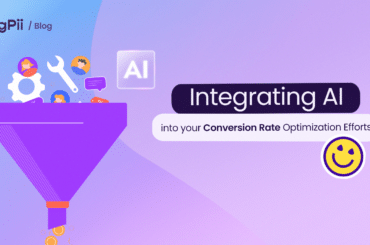When Unbounce analyzed lead generation landing pages across ten different industries (with a total of 74,551,421 visitors) – the average landing page conversion rate was merely 4.02%.
That means that for every 100 visitors to your landing page, only about four are likely to convert.
With such a low conversion rate, optimizing your landing page for Google Ads is more important than ever.
Fortunately, several tools are available to help you optimize your landing page and increase your conversion rate.
In this article, we’ll explore some of the best landing page optimization tools, so you can start seeing better results from your online advertising campaigns.
Importance of Optimizing Landing Pages for Google Ads
Optimizing a landing page for Google Ads is crucial to your success. In fact, the better optimized your landing pages are, the less money you’ll spend on Ads.
Why? Because when you optimize your landing pages, you’re increasing the relevance of your ads, making them more likely to click. And when clicks happen, the conversion rate increases, and so does your ROI.
Tips to optimize your Google Ads landing pages
-
Relevant Content:
Ensure your landing page content aligns with the ad’s messaging and keywords. This helps maintain consistency and improves user experience. In addition, use keywords in headings and titles that match what visitors search on Google to find your products or services. This can help improve click-through rates (CTRs).
-
Clear Call-to-Action (CTA):
Make your CTA prominent and clear. Use action-oriented language to encourage visitors to take the desired action, such as “Sign Up Now” or “Get Started.” Also, Add a call-to-action button in your ad copy that takes users directly to the page with the desired product or service. This will increase conversions and reduce bounce rates.
-
Mobile Optimization
Optimize your landing page for mobile devices to ensure it loads quickly and is easy to navigate. Mobile responsiveness is crucial for user experience and can impact your ad’s quality score.
-
Page Load Speed:
Improve your landing page’s load speed to reduce bounce rates. Use tools like Google PageSpeed Insights to identify and fix issues that may be slowing down your page.
-
A/B Testing:
Continuously test different landing page elements, such as headlines, images, and CTAs, to see what resonates best with your audience. Use data to make informed decisions and optimize for better performance.
But how do you make these changes?
Most importantly, how do you realize where to make what changes?
And that’s where this list of best landing page tools comes into the picture.
The 7 Best Landing Page Optimization Tools.
1. Google Analytics
When someone talks about optimization, Google Analytics immediately comes to mind. The entire internet knows how Google Analytics is at the forefront when it comes to providing a wealth of insights into visitor behavior.
From information on traffic sources to user behavior, and conversions, Google Analytics is often the go-to analytics tool for startups as well as experienced businesses alike. It helps you make data-driven decisions to improve your landing page’s performance.
The fact that it’s free is a huge bonus.
Key Features:
- Traffic Sources: It tells you which traffic sources send the most visitors to your landing page. This helps you focus your advertising efforts on the channels that contribute to maximum traffic.
- Behavior Flow: The Behavior Flow report shows how visitors navigate through your landing page. Now you can identify where visitors are dropping off and make quick adjustments to improve the user experience.
(Source)
- Conversion Tracking: As you’ve probably figured out by now, you can also use the tool to track conversions on your landing page. Setting up conversion tracking also helps you analyze which pages are leading to the most conversions and duly make decisions based on the data.
Pros:
- You can view data in real-time.
- Google Analytics is completely free of cost, making it an excellent option for businesses of all sizes.
- It integrates extensively with other tools, including native integration with Google ads. This gives you a more detailed view of your online advertising campaigns.
Cons:
- Google Analytics can be overwhelming to use for beginners. It takes time to learn how to use the tool effectively.
- You also require technical knowledge to set up Google Analytics and use it in tandem with Google Ads.
Pricing:
Completely free!
2. FigPii
Ever wondered what’s making visitors abandon your landing page without taking the intended action? What’s stopping them from filling out the subscription form?
The form may be too complicated for them. Or, what if they’re bouncing off without even reaching the form?
But conjecture isn’t good enough.
You need to know for real what the problem is.
Enters FigPii.
FigPii is an all-in-one conversion optimization platform to learn precisely how users interact with your landing page. Once you know what exactly the problem is, you can set out to resolve it immediately.
For starters, it has a wide variety of heat maps, including scroll maps, move maps, and click maps, to tell you where users are clicking and scrolling on your landing page.
These visual maps show you which areas are getting the most attention and which ones are getting ignored. Armed with this information, you can now easily optimize your landing page design and content.
For example, if users are not clicking on a certain CTA button, you can test different button designs or placements to see if that improves user engagement.
The best part? You won’t have to turn to another tool for testing.
FigPii comes with its own A/B testing tool built inside the software.
Another feature worth mentioning is FigPii’s session recording. Session recordings allow you to watch videos of users interacting with your landing page. These recordings give you a firsthand glimpse into user behavior patterns and areas of confusion or frustration.
And when you use these features in conjunction with FigPii’s other tools, like A/B testing and on-site surveys, you can make data-driven optimization decisions even more smoothly.
Key Features:
- A/B testing: FigPii’s A/B testing tool lets you see different versions of your landing page to see which one performs better. This helps you identify which elements of your page need improvement and can lead to higher conversion rates.
- Heat mapping: FigPii provides various heat maps that show you where users are clicking, moving, and scrolling on your landing page. This helps you identify which areas are getting the most attention and can inform changes to your design and content.
- On-page surveys: You can use on-site polls to gather feedback from your landing page visitors. This way, you can ask for issues users might face directly, opening more doors for improvements.
- Session recordings: Get a direct glimpse of your users interacting with your landing page. This helps you identify user behavior patterns and areas of confusion or frustration.
Pros:
- Easy integration with Google Analytics and other third-party tools
- User-friendly interface
- Affordable pricing plans
- Provides actionable insights to improve landing page performance
Cons:
- Limited customization options
- Advanced reporting features are lacking
Pricing:
Plans start from $99.9 per month for up to 30,000 visitors per month and unlimited heat maps, session recordings, and even A/B tests. There’s also a Free Tester plan that allows unlimited AB tests for up to 75,000 visitors per month.
3. Google Optimize
Google Optimize is another popular optimization tool that helps you test different versions of your landing page to identify which one performs better. Aside from A/B testing, you can also use the platform to conduct multivariate testing, redirect testing as well as personalization testing.
(Source)
Its multivariate testing and personalization testing options are particularly useful if your goal is to optimize your landing page for relevance.
You can also customize your experiments based on device category, new vs. returning customers, visitor geography, and technology.
(Source)
The integration with Google Analytics and its user-friendly interface also gives it an edge. This integration also means that now you can use your existing data in Google Analytics, allowing your tests to be more data-rich and detailed.
That said, it has some limitations when it comes to customization. If your business has more complex needs, the reporting feature may also be limited. For instance, since the tool’s major focus is optimization, you won’t get a breakdown of other key performance indicators (KPIs) like revenue or customer lifetime value.
Key Features:
- A/B testing: Google Optimize allows you to test different variations of your landing pages to see which ones perform better. This feature helps you identify which elements of your page need improvement and can lead to higher conversion rates.
- Personalization: Google Optimize helps you personalize your landing pages based on factors like user location, device type, and referral source.
- Google Analytics Integration: Google Optimize integrates seamlessly with Google Analytics, allowing you to use data from both platforms to make data-backed decisions.
Pros:
- Easy to use and set up
- Offers personalization features to improve user experience
- Native integration with Google Analytics makes data analysis even more detailed
Cons:
- Limited customization options
- Only offers basic reporting features
- Will be discontinued from September 31, 2023.
Pricing:
Completely free!
4. Unbounce
Unbounce is a landing page builder that comes with a range of features to help optimize your landing page, including A/B testing, lead capture forms, and dynamic text replacement.
The dynamic text replacement is particularly useful when it comes to optimizing your landing page copy for ads. It helps you personalize your landing pages based on the specific keywords and ad groups in your Google Ads campaigns. This means that visitors who click on a particular ad will see a landing page that matches the ad copy and is more relevant to their search intent.
For instance, if your search intent included the keyword “foreign exchange fees,” you’ll see the landing page on the left side. And if the keyword consists of “credit card fees,” the landing page will also have the “Stop Paying Credit Card Fees.”
Unbounce’s native integration with Google Ads and Analytics makes tracking and analyzing the campaign’s performance easy. It also has ready-to-use conversion-focused templates and A/B testing features to further optimize your landing page for better conversions and ROI.
Key Features:
- A/B testing: The A/B testing feature lets you test different versions of your landing pages to determine which one performs better. It also lets you test multiple variations of a landing page and automatically selects the winner based on performance metrics.
- Conversion-focused templates: Unbounce offers over 100 conversion-focused landing page templates to optimize for specific goals – from lead generation or ecommerce sales.
Pros:
- Unbounce has an intuitive, user-friendly interface, making it easy for businesses to create and optimize landing pages without any technical know-how.
- Unbounce integrates with a wide range of marketing tools, including Google Analytics, Google Ads, and Salesforce, making it easy to track and manage leads and conversions.
- You can also add pop-ups and sticky bar forms to create highly targeted landing pages.
Cons:
- The pricing plans a be expensive, particularly for small businesses or individuals.
- Some essential features like traffic optimizer/analyzer are only available with the higher priced plans.
- While Unbounce offers a wide range of templates and design options, you may need help to customize their landing pages beyond the provided templates fully.
Pricing:
Paid plans start at $74 per month for unlimited landing pages, up to 500 conversions, and up to 20,000 visitors. You also get a 14-day free trial with all the plans.
5. SEMrush
SEMrush is one of the most popular SEO (search engine optimization) tools on the internet that also offers a bunch of features to help you optimize your landing page for Google Ads.
One of its key features is the ability to conduct competitor research and analysis, allowing you to identify keywords and ad strategies that are working for your competitors.
Another important feature is the Site Audit tool – which helps analyze your landing page and provides insights into technical issues that may impact your performance. This includes issues with page speed, broken links, and other factors that can negatively affect your Google Ads performance.
Keyword analysis is going to be at the heart of your ad campaigns. And SEMrush has a tool for that too!
Their Keyword Magic Tool helps you identify relevant keywords for your landing page and provides data on search volume, competition level, and other key metrics. This can help you optimize your landing page for the most relevant keywords to get the best results from your Google Ads.
Key Features:
- Keyword research: You can discover profitable keywords for Google Ads campaigns by analyzing search volume, competition, and other relevant metrics.
- On-page optimization: SEMrush offers actionable recommendations for on-page optimization, such as optimizing meta tags, headers, and content.
- Backlink analysis: The tool helps you identify backlink opportunities to boost landing page authority and organic search rankings.
Pros:
- The platform is super intuitive and easy to use, even for non-technical users.
- SEMrush integrates with Google Ads to provide data directly from Google Ads campaigns.
Cons:
- It can be expensive – especially for small businesses or those on a tight budget.
- While SEMrush is user-friendly, some of the more advanced features may require a significant learning curve.
Pricing:
Pricing starts from $119.95 per month and allows up to 5 projects, 500 keywords to track, and 10,000 results per report.
6. Crazy Egg
After FigPii, Crazy Egg is another heat mapping tool on this list. The tool also offers an overlay report that shows the number of clicks on each element on your page. This data can help you optimize your landing page’s layout and design for better conversion rates.
Crazy Egg also offers A/B testing capabilities and session recordings to watch video recordings of how users interact with your landing page. A user feedback tool also helps you collect feedback directly from website visitors.
Key Features:
- Scroll maps: Scroll maps show how far users scroll down your landing page before leaving. This helps you identify whether your most important content is above or below the fold.
- Click reports: Click reports provide detailed insights into every click visitors make on your landing page. You can see which links they’re clicking on the most and which they’re ignoring.
- A/B testing: Crazy Egg also allows you to conduct A/B testing to compare two landing page versions to see which one performs better.
Pros:
- Offers a range of visual analytics tools such as heat maps, scroll maps, and confetti maps to help analyze user behavior.
- They have highly rated customer support.
Cons:
- Limited customization options for reports and data visualization.
- The integration options are also limited as compared to other optimization tools.
Pricing:
It starts at $29 per month but for only 25 snapshots and 100 recordings per month.
7. Landingi
Landingi is primarily a landing page builder that also comes with a range of features to help you optimize your page for Google Ads.
For instance, Landingi’s drag-and-drop editor helps you create and customize landing pages without requiring any coding knowledge. The built-in A/B testing feature allows for easy testing and optimization.
The landing page tool also comes loaded with advanced features like dynamic text replacement and countdown timers, helping you enhance your ad’s relevance and create a sense of urgency respectively.
Key Features:
- Drag-and-Drop Landing Page Editor: Landingi has a visual editor that allows you to create and customize landing pages without any coding. You can drag and drop elements onto the page and edit them as needed.
- Dynamic Text Replacement: Dynamic text replacement feature will help you personalize your landing pages based on the search terms that your visitors enter into Google. This can help improve your ad relevance and increase your click-through rates.
Pros:
- Integrates with a range of marketing tools.
- Offers pop-ups and sticky bars to engage visitors.
- User-friendly drag-and-drop editor
- A wide range of customizable templates
- Dynamic text replacement for personalizing landing pages
Cons:
- Some users have reported limited customization options for some aspects of the landing pages.
- The reporting and analytics features could be more robust.
Pricing:
It starts at $49 per month for unlimited landing pages. There’s also a freemium plan that lets you create only one landing page.
The Bottom Line: Choosing the Best Tool for Optimizing Your Landing Page for Google Ads
In conclusion, all these landing page optimization tools we discussed have their fair share of strengths and weaknesses.
For example, Google Analytics and Google Optimize are popular for their strong reporting and testing features, respectively.
FigPii and Crazy Egg offer unique visual tools like heat maps and session recordings for understanding user behavior. However, if you want an all-in-one option with A/B testing, on-site polls, funnel, and more, then FigPii is your tool.
Landingi and Unbounce are user-friendly drag-and-drop landing page tools with built-in A/B testing capabilities. SEMrush provides in-depth keyword and competitor research to create optimized landing pages.
The best tool for creating relevant landing pages depends on your needs and budget. It’s best to evaluate each tool based on its key features, pros, and cons before making a decision – and, ultimately, an effective landing page.

